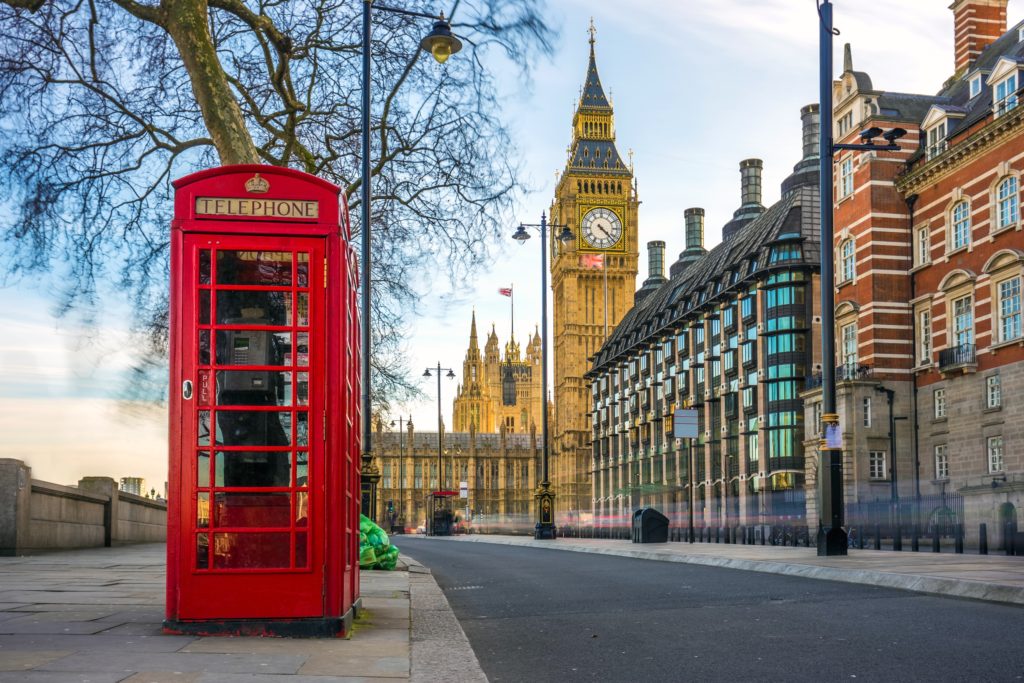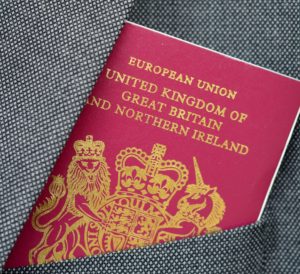The Do’s and Don’ts of British Pensions
Categories: Finance
The United Kingdom has a robust pension program which helps those who contribute to it. Known as the State Pension, the UK’s pension program can be combined with tax treaties and qualified recognized overseas pensions schemes (known as QROPS) to provide assistance to those who have contributed to National Insurance into retirement but live in another country. The following article, contributed by Beacon Financial Education, provides Do’s and Don’ts to utilizing pensions from the UK.
Do: Know Where You Stand
Like almost all pension programs, there are age minimums in order to receive payment. In the UK, your birth year can determine your age eligibility. Men born before the 6th of April, 1945 and women born before the 6th of April, 1950 reached eligibility age in 2010. Men born on or after the 6th of April, 1945 and before the 6th of April 1951 and women born on or after the 6th of April 1950 and before the 6th of April 1953 reach eligibility age at 65 and between 60 and 63 respectively for men and women. The pension age for women is steadily rising to match men’s. If you are in this ‘second group’, you receive pension for every year you contribute to the National Insurance. Men born on or before the 6th of April, 1951 and women born on or after the 6th of April, 1953 reach pension age on or after the 6th of April, 2016. People in this group will need to make a minimum of 10 years’ contributions to the National Insurance and 35 years total in order to receive the full £160 per week. Knowing where you stand in regards to your pension age and which classification you are under is a good starting step to understanding your pension. If you are not clear on which age you reach eligibility, speak with your financial advisor.
Don’t: Miss National Insurance Contributions
In order to qualify for State Pensions, you’ll typically need 10 years of National Insurance contributions unless you fall in the aforementioned group above (in which case you need only 1). In order to receive the maximum pension, you’ll need to accumulate 35 years of contributions to National Insurance in most scenarios. You can gain a qualified year credit if you are employed and earn over £162 per week from an employer or if you’re self-employed and paying the National Insurance contributions. According to the gov.uk website, you may get a qualifying year if you earn between £116 and £162 per week from an employer. You may still get National Insurance credits if you are not working. This would be in the circumstance that you are ill or because of a disability. If you have gaps in your national insurance record, you can still contribute to National Insurance and receive a qualifying year through voluntary National Insurance contributions. You can make a voluntary National Insurance contribution up to 6 years after a gap and in many situations, it makes sense to make the gap payment due to benefits recouped in later years through the pension. You can check your National Insurance record to find out if you have gaps, if you are eligible for voluntary contributions, and how much those contributions will cost (if you are eligible to cover them). Knowing where you stand is highly recommended. To view your record, simply go to the gov.uk website and follow the steps.

Do: Utilize QROPS if Eligible
As a British expat, it may make sense to utilize a Qualified Recognized Overseas Pension Scheme, also known as QROPS. QROPS are pension plans that follow Her Majesty’s Revenue and Customs (HRMC) requirements and a list eligible of QROPS can be found on the uk.gov website. Living in a foreign country, it may make sense to use a ROPS. The benefits of QROPS can include: Lump sum availability, flexible income drawdown rules, no obligation to buy an annuity, avoid taxes, the ability to consolidate pensions, greater investment flexibility, currency choices, earlier retirement age, and other benefits. If you think ROPS may be right for you, speak with your financial advisor.
Do: Know the Rules
Make sure you know all the terms and conditions of your QROPS. For example, since 2017 there is a new penalty with QROPS: the so-called EU exit tax. If you are outside the EU, Australia or New Zealand or if you (or your pension fund) leave the European Economic Area (EEA) within 10 years of transferring a QROPS, then there will be a fee equal to 25% of the initial transfer value.
Don’t: Be in the Dark
Pensions can be tricky– filled with many requirements and uncertain situations. Speak with your financial advisor today to get a pulse on your pension– and what may be required to get the full benefits from it.
Beacon Financial Education does not provide financial, tax or legal advice.
None of the information on this site should be considered financial, tax or legal advice. You should consult your financial, tax or legal advisers for information concerning your own specific tax/legal situation.
Are you a British Expat, and do you want to know more about cross-border retirement planning, your UK and Dutch pensions and QROPS? Then contact Beacon Financial Education for a free consultation with an independent financial advisor from the Beacon Preferred Partner Network.

